Jabalpur is a city located in the central Indian state of Madhya Pradesh. Here are some interesting facts about Jabalpur:
- Jabalpur is known for its rich cultural heritage, and it has been an important center of art, music, and literature for centuries.
- The city is located on the banks of the Narmada River, which is considered a holy river in Hinduism.
- Jabalpur is home to many historic landmarks and monuments, including the Madan Mahal Fort, which was built by the Gond ruler Raja Madan Shah in the 16th century.
- Another popular attraction in Jabalpur is the Rani Durgavati Museum, which houses a collection of artifacts and exhibits related to the history and culture of the region.
- Jabalpur is also known for its natural beauty, and it is surrounded by hills, forests, and waterfalls. One of the most popular waterfalls in the area is the Dhuandhar Falls, located in nearby Bhedaghat.
- The city is home to several educational institutions, including the Jawaharlal Nehru Agricultural University, the Indian Institute of Information Technology, and the Rani Durgavati University.
- Jabalpur is also an important commercial center, and it has a diverse economy that includes industries such as agriculture, mining, textiles, and engineering.
- The city is well-connected to other parts of India by road, rail, and air, and it has a modern airport with regular flights to major cities across the country.
- Jabalpur is also famous for its cuisine, which includes traditional dishes such as poha, jalebi, and samosas.
- Overall, Jabalpur is a vibrant and dynamic city that offers a unique blend of history, culture, and natural beauty, and it is a must-visit destination for anyone traveling to central India.
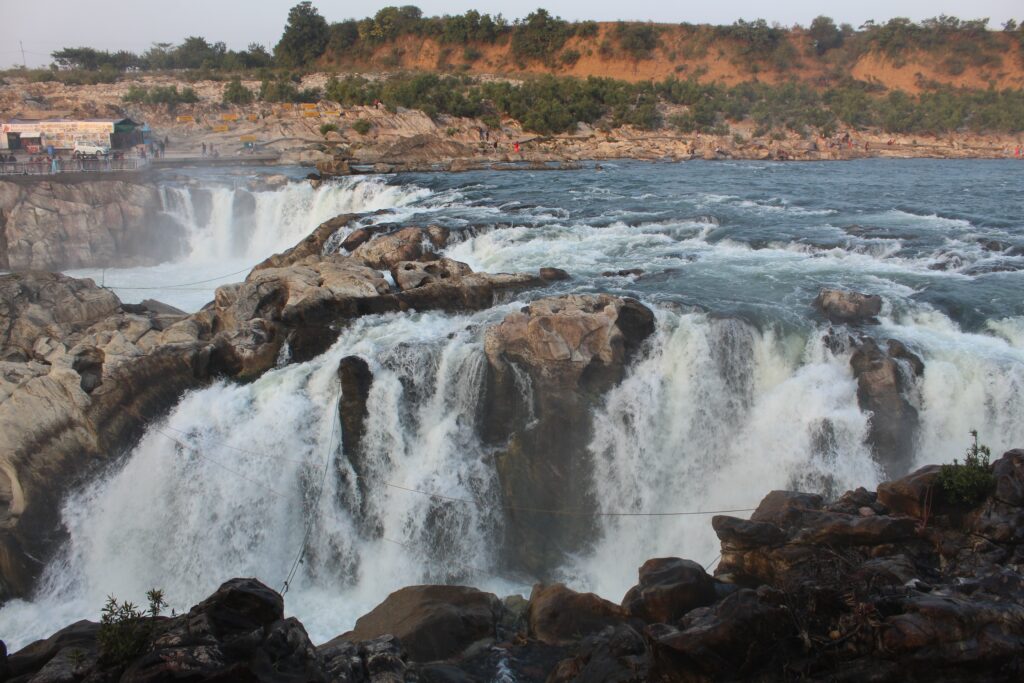
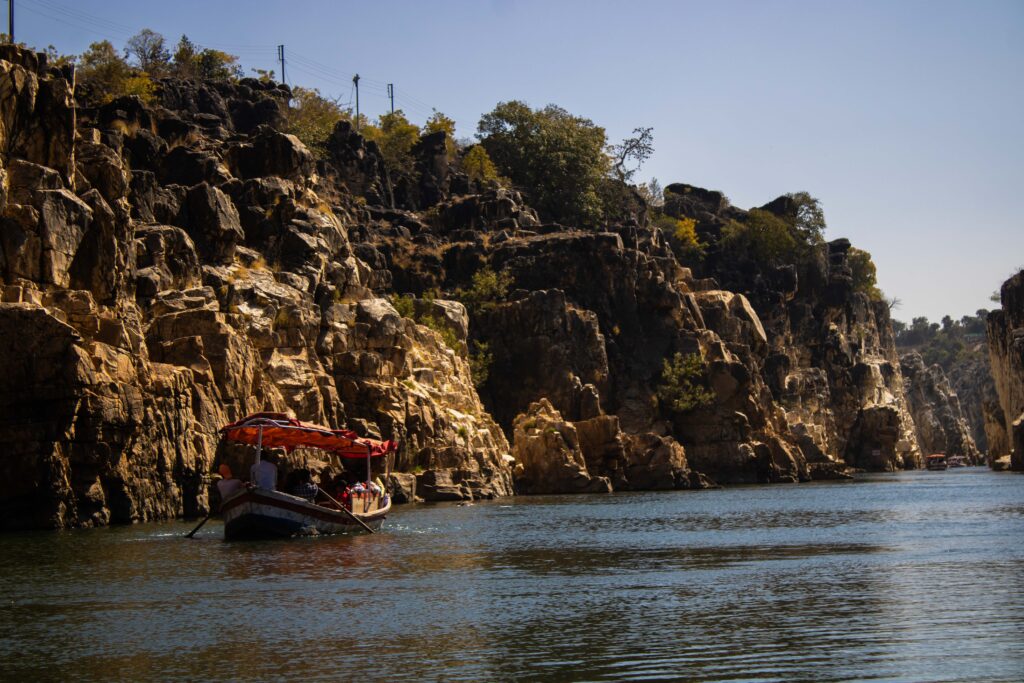
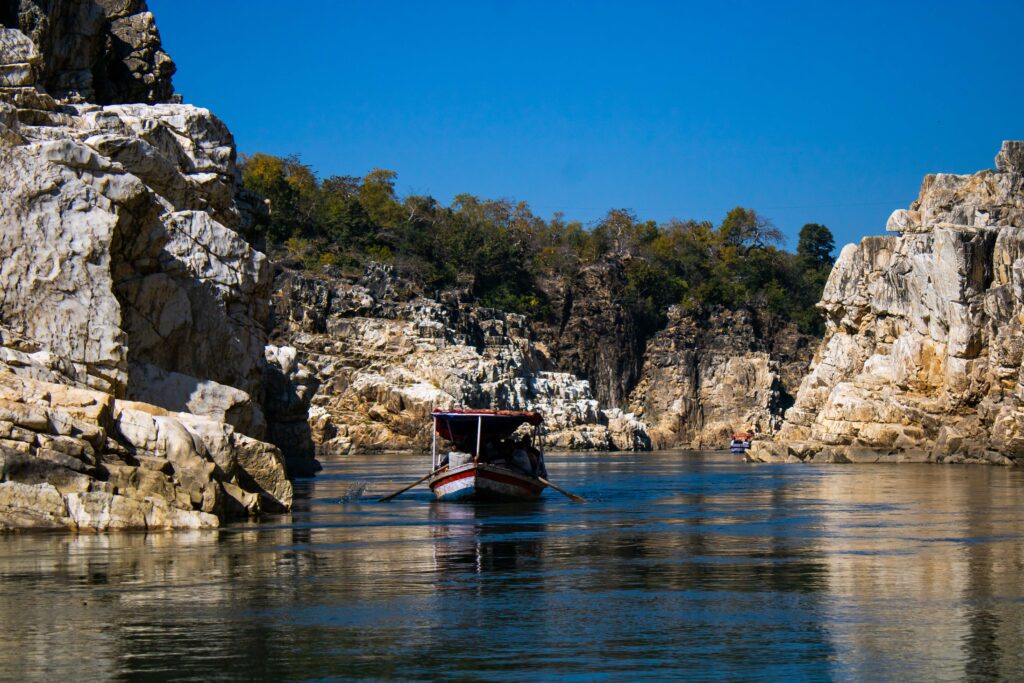
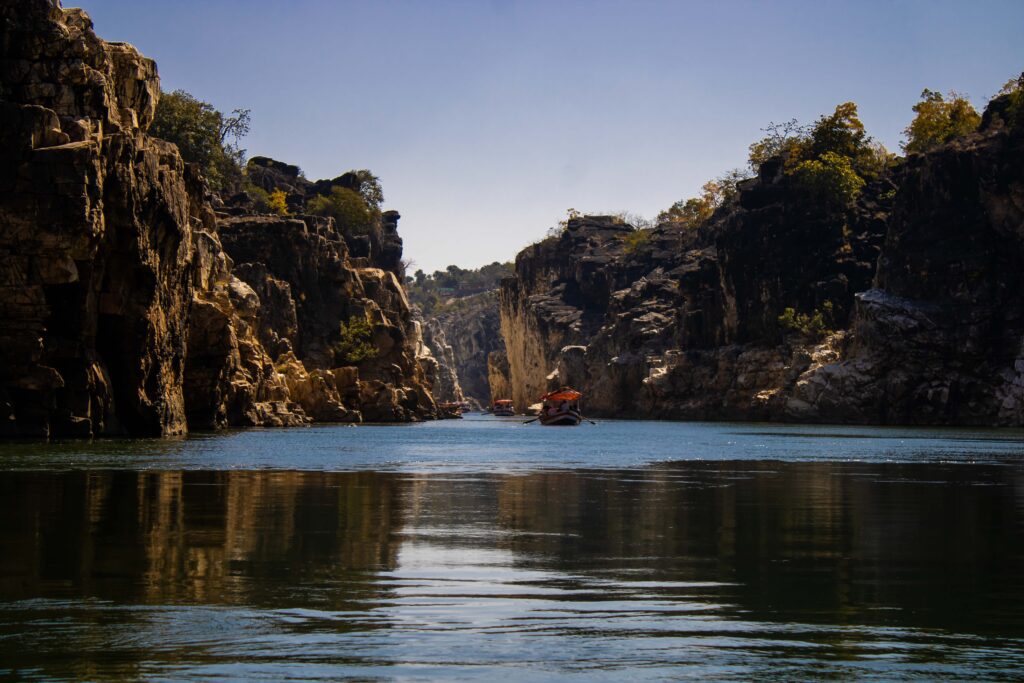
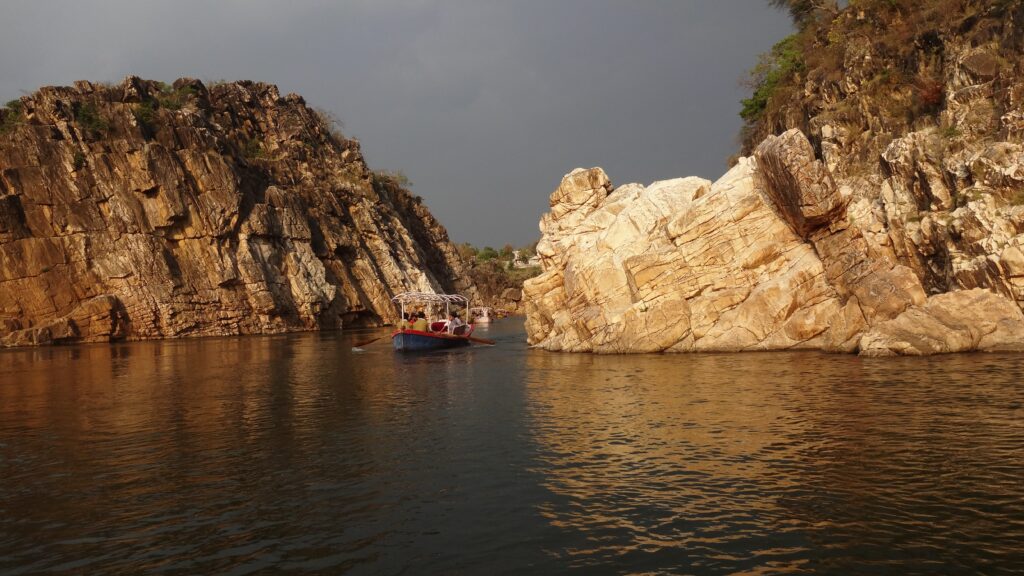
History of Jabalpur
Here is a brief history of Jabalpur:
- The history of Jabalpur dates back to ancient times when it was known as Tripuri and was ruled by the Haihaya dynasty.
- In the 16th century, the city was conquered by the Mughal emperor Akbar and became part of the Mughal Empire.
- During the British colonial period, Jabalpur became an important center of administration and trade, and many historic buildings and landmarks were constructed in the city.
- Jabalpur played an important role in the Indian independence movement, and many prominent freedom fighters, including Netaji Subhas Chandra Bose, Mahatma Gandhi, and Jawaharlal Nehru, visited the city and addressed public gatherings.
- After India gained independence in 1947, Jabalpur became part of the newly-formed state of Madhya Pradesh.
- In the 1960s and 1970s, Jabalpur saw rapid industrialization, and many factories and industries were established in and around the city.
- Jabalpur is also known for its rich cultural heritage and is home to many historic landmarks and monuments, including the Madan Mahal Fort, Rani Durgavati Museum, and the Chausath Yogini Temple in Bhedaghat.
- Today, Jabalpur is a bustling city with a population of over 2 million people, and it is known for its scenic beauty, cultural heritage, and economic growth. The city has a diverse economy, with industries ranging from agriculture and mining to textiles, engineering, and IT.

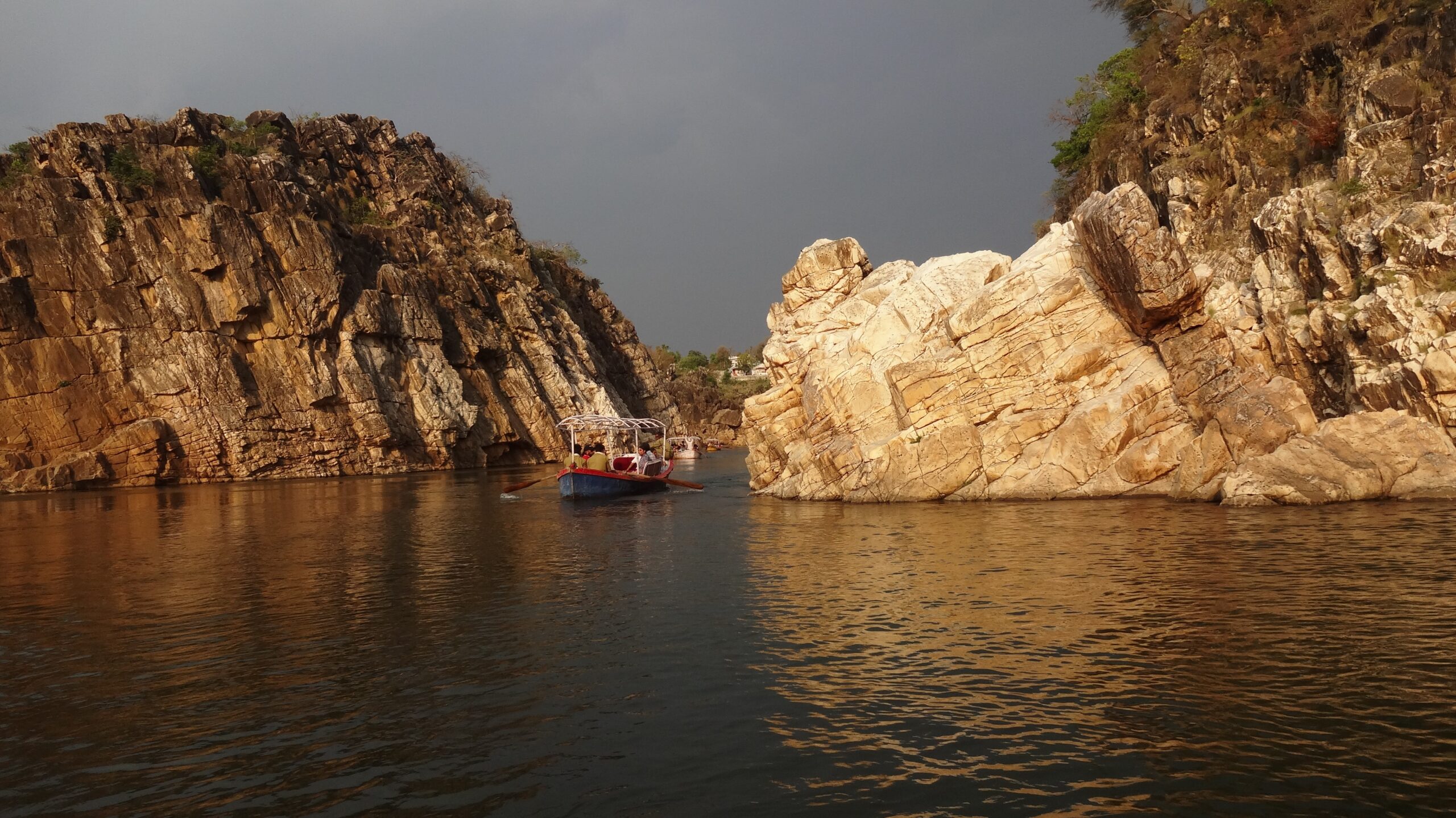
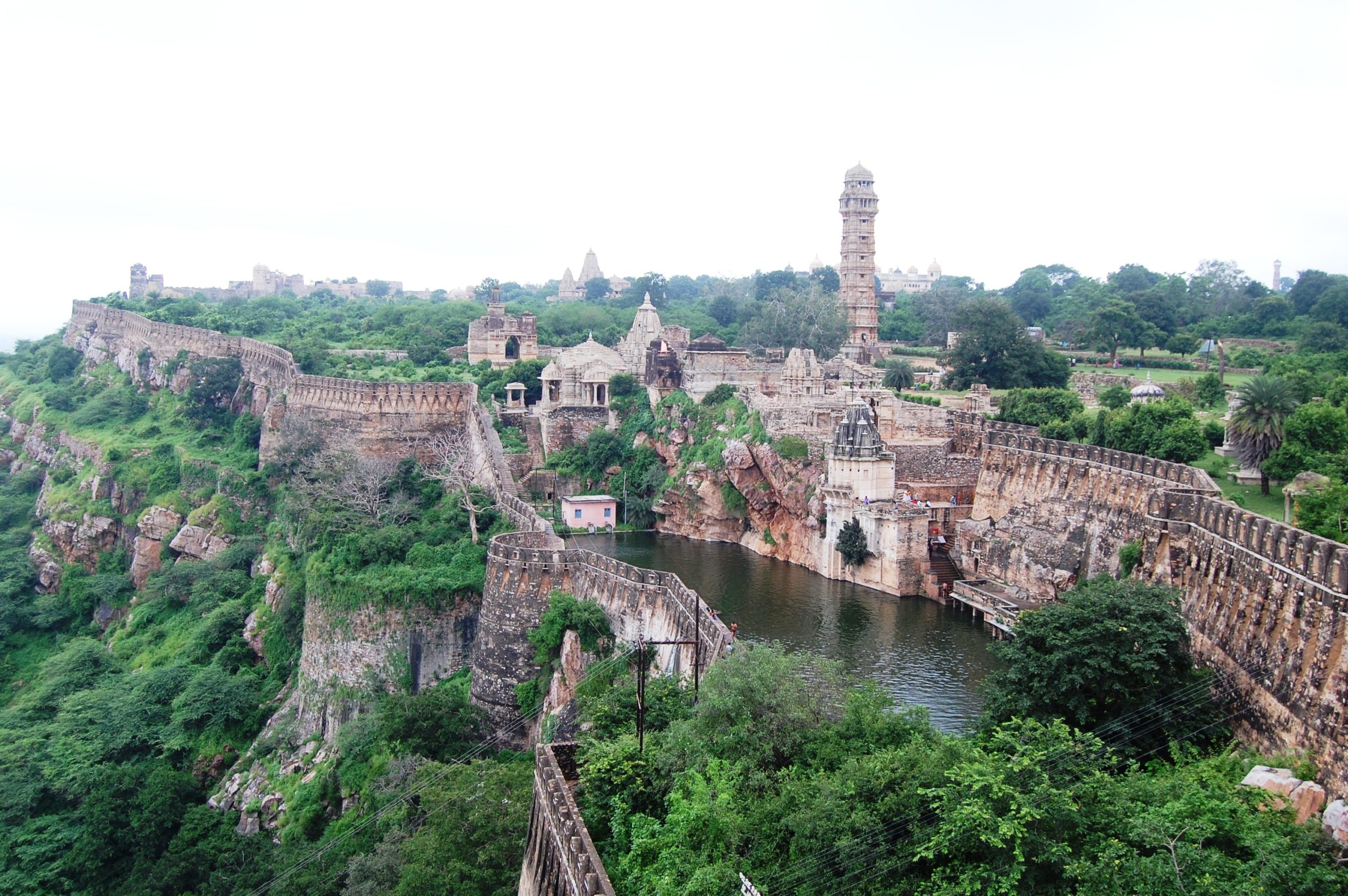
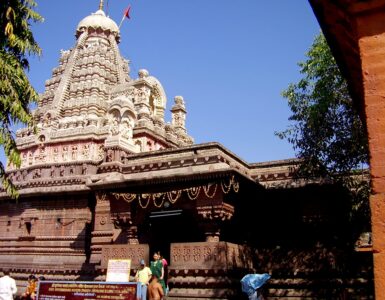
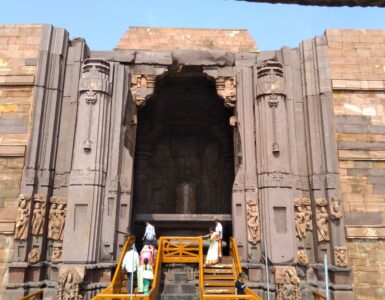
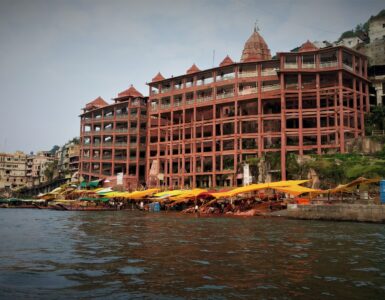
 The Bharatah is a website dedicated for exhibit about the Great Culture, Society, Literature, Economy, Education, History and Peoples of Spiritual, Irresistible, Developing, Intelligent, Vibrant, Diverse, Unite, Incredible India (Bharat). You can also get facts and trivia of traditions, festivals, arts, science, technology, statistical Facts about India. On this website you can explore Adventurous, Religious, Beaches, Hill Station Wildlife and Historic Tourist places of India.
The Bharatah is a website dedicated for exhibit about the Great Culture, Society, Literature, Economy, Education, History and Peoples of Spiritual, Irresistible, Developing, Intelligent, Vibrant, Diverse, Unite, Incredible India (Bharat). You can also get facts and trivia of traditions, festivals, arts, science, technology, statistical Facts about India. On this website you can explore Adventurous, Religious, Beaches, Hill Station Wildlife and Historic Tourist places of India.
Add comment